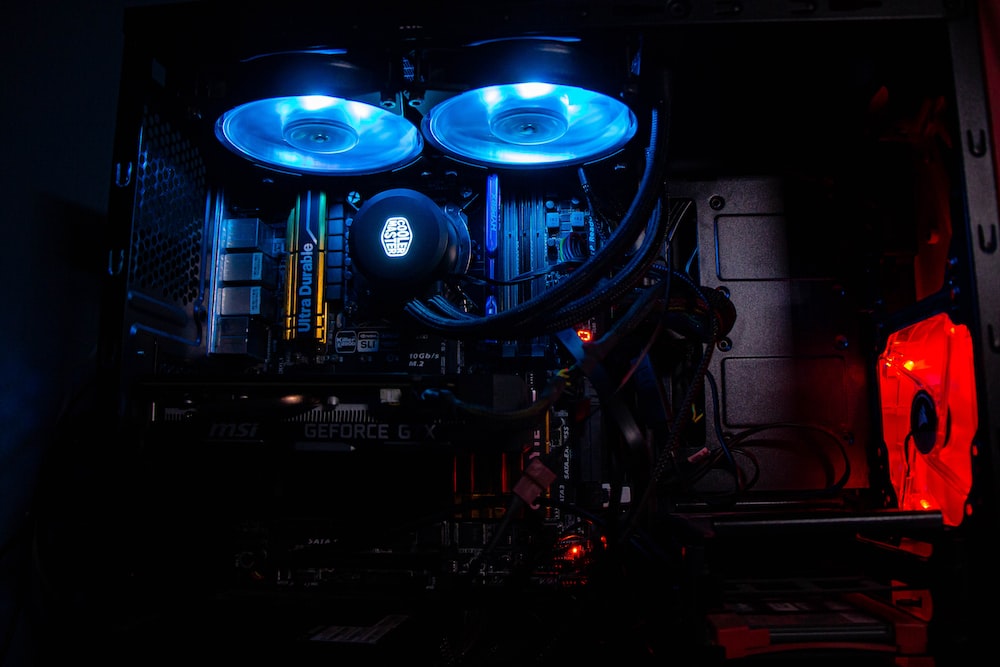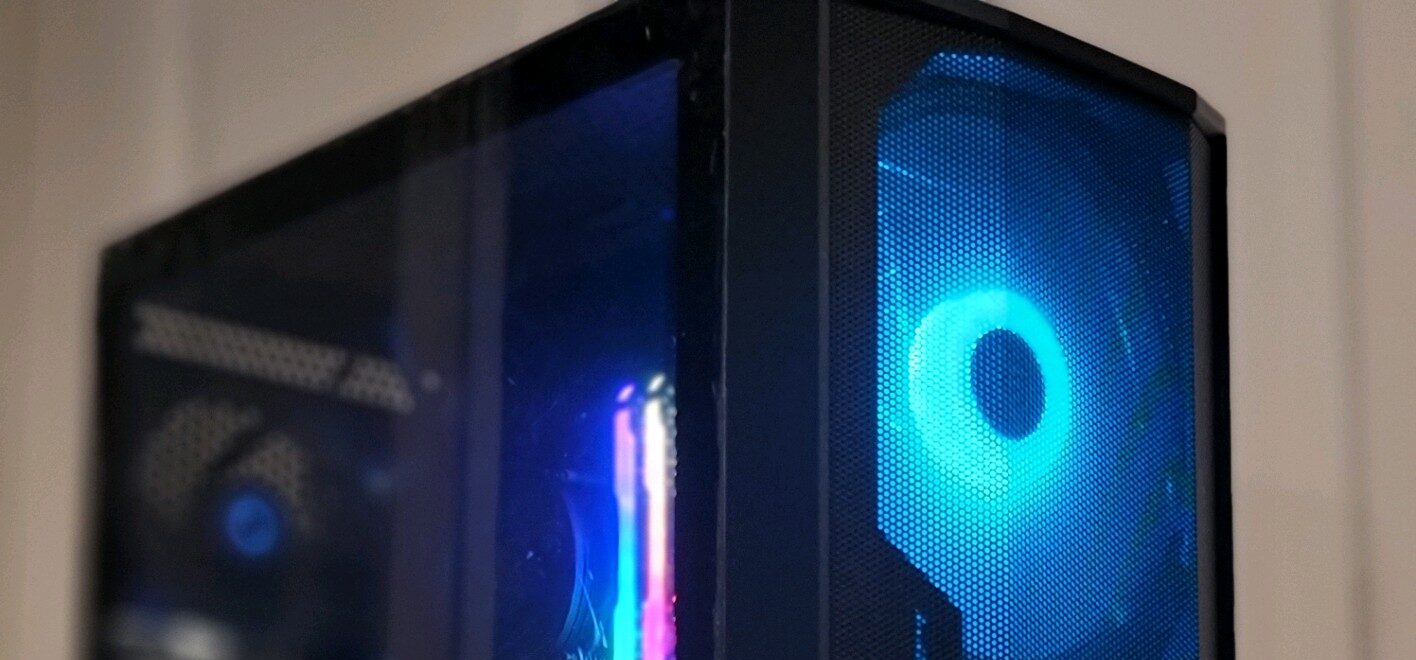The release of the GeForce 40 series was in October 2022, and it introduced us to a variety of technological methods that we the consumer can toggle with. Whether that be how it performs on GeForce experience with certain games, a new implementation of the Ada Lovelace architecture, or just testing the card in CineBench, it provides us a wide selection of options that the user can toggle with within our best interests.
Changes in Memory, Cores, etc
Although with the initial release of the 4080 cards, specific changes regarding the VRAM, and CUDA cores took effect which received backlash, as some might say this might be an example of a 40 Series card mislabeled , but nothing too wrong with it, just bad expectations. Expectations are low enough for it to be re-modified and re-released to perfection. As the predecessor, the 3080 has certain qualities that excel past the initial 4080, but it would be a perfect example of an upgraded version of maybe a 3060, or 3070.
How exactly do, for example, the memory and render performance differ in the re-released 4080? The 4080’s memory bandwidth is a bit lower by a difference of 43.5 GB/s. The L1 Cache is the same as the predecessor at 128 KB, although L2 Cache on the 4080 is greater by 59 MB/s. Keep in mind this is after the re-release, so certain processing capabilities such as half-precision, single precision, and double precision were slightly improved on as well.
40 Series – Compared to the late-end 30 Series cards
Under the correct modifications, the re-release of the 4080 outperforms a lot of the 30 series model cards under a few overclocked benchmark tests. The new 4080’s core clock was deduced by around 100 MHz compared to the initial, although this isn’t by much, and could simply be for over performance, to potentially prevent wire fraying or maybe power imbalance concerns. Some tests show us that even when clocked by 3 GHz, which is still a lot, the 4080 still outperforms some of the later ends 30 series cards by anywhere from 2500 to 3000 benchmark points. Although their base clocks, core clocks, etc were also slightly modified for comparison. But as a whole, the re-release was well modified, for adequate improvement.
The remaining cards, like 4060 and 4070 are projected to be on par with the majority of its user’s satisfaction. Compared to the 3080 for example, the boost clock outshines the 3080 by exactly 900 MHz. Although switched around, the memory clock outshines the 3080 by 1050 MHz.
As for the actual FPS, neither generation is no more different from the other if that is the shopper’s primary concern, although attention to detail factors like architectural smoothness, GeForce now, etc also come into play. But long-term usage is when that VRAM, memory clock, and similar statistics regarding cache and memory are very important, which is why many people had questions, and concerns with the initial 4080 release. People tend to play with these specifications over time, or they may change the software settings, but it is still inevitably up to what is needed.
Compared to AMD Cards
Even with the 40 series new improvements, it still compares with the recent high-end cards from AMD. The RX 6800 XT, is an NVIDIA alternative. The 6800 XT seems like the better deal if we are only paying $641.04 compared to the $1899.99 if we still get DirectX 12 and nearly the same core clock, only a difference of 215 MHz. Personally, I would pick the 6800 XT over the 4090 as it almost isn’t overkilled for my PC.
I haven’t mentioned the Ada Lovelace architecture, although it is the most distinguishing feature of the 40 series. It is supposedly going to deliver twice the power consumption while we also have, for example, a power connector for the 4090 which delivers up to 600W of electricity.
Some people have noticed this connector fraying, or just cutting out when it is plugged in, although other reports claim it to be a configuration issue, or possibly faulty parts, any of the following could be possible. Some have resorted to regulating the power flow in software like afterburner or double-checking the connector to make sure it is configured properly.
Concluding this Comparison
I think the initial release of the 40 Series didn’t give me much of a hope for an improved version of the 30 series, but it still has it’s tweaks, and improvements. This is as the 30 series, and even other cards like the 1080 TI, or 1660 GTX give us an adequate performance that will satisfy anyone who buys it now. I can say from experience. It doesn’t seem unnecessary, but NVIDIA has to follow a specific schedule, and whether that be the next GPU version be released, so let it be.





Add Comment